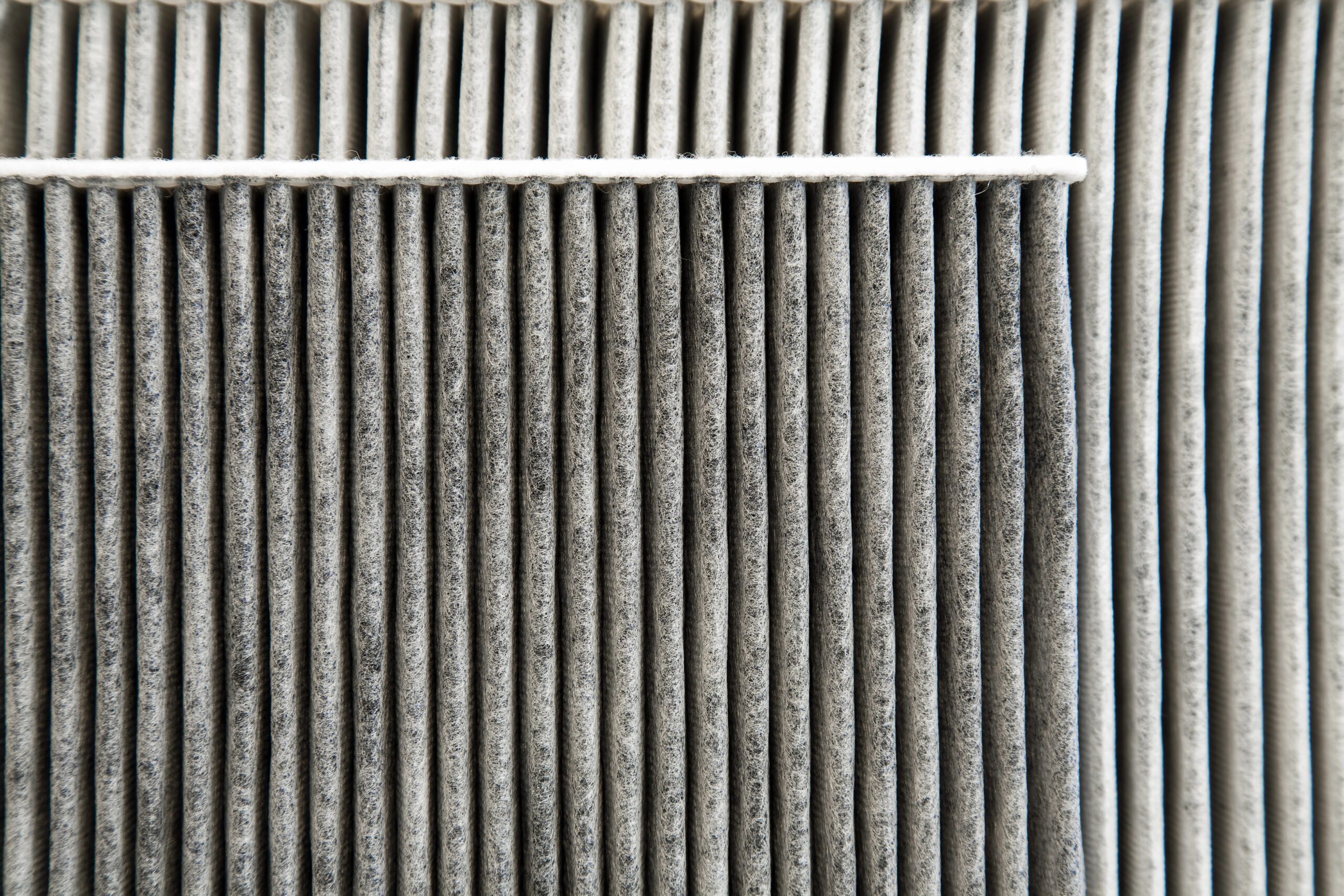Discover the elegance and efficiency of Carbon Filters, your stylish solution for purified water. Dive into the world of clean, safe, and tasty water with our cutting-edge technology.

Disclaimer: this post may contain affiliate links, and every purchase made through these links will give me a small commission (at absolutely no extra cost for you!) AS AN AMAZON ASSOCIATE AND REWARDSTYLE MEMBER, I EARN FROM QUALIFYING PURCHASES. See Privacy Policy for additional info.
If you have water problems, one of the first things you should consider is adding an activated carbon filter to your home water system. Carbon has been the filtration media of choice for improving aesthetic problems (taste and odor) in water for over 4,000 years. It’s an impressive track record, and though the technology has evolved since the time of the ancient Sumerians, the core mechanism of action remains unchanged. Come with us on a brief journey through the benefits of carbon filtration, and see how it can help you to love your water again.
What are carbon filters?
Carbon filters are typically cylindrical in shape, with the outer shell usually formed of polypropylene or another durable plastic. The media inside the filter is formed from charcoal, usually made by burning wood, bituminous coal, bamboo, or coconut husks. All of these substances are high in carbon, one of the basic elements of all physical things, and the fundamental building block of life.
All living things on this planet are “carbon-based life forms,” making carbon one of the fundamental pieces of the physical and animal world. This is what makes carbon such an effective filter. It shares a basic chemical structure with many contaminants in water, and is able to pull those contaminants out of their dissolved state, and adhere them to the chemically “active” carbon matrix.
How do carbon filters work?
As noted above, carbon filters work “chemically,” as opposed to merely “mechanically.” Mechanical filters function simply through principles of physical restraint, like a sponge or a screen door trapping particles while letting water or air through, respectively. In the case of a carbon filter, it is more than simply mass that is blocking the flow of contaminants. The chemically activated carbon attracts heavy metal ions, chlorine atoms, and other contaminants, through a chemical process called “adsorption.”
Unlike “absorption,” in which a liquid substance seeps into and impregnates a medium, in “adsorption,” the offending substances simply stick to the activated carbon as if by an adhesive. Chemically bonded to the carbon, the contaminants cannot continue on with the water, and are removed. There are many things that carbon filters are not adept at removing, however, which means that they are typically used as one stage within a multi-stage filtration system.
Main Types of Carbon Filters
Carbon filters are usually grouped according to the physical shape and configuration of the carbon within the filter. The three main types are: powdered activated carbon filters (PAC), granular activated carbon filters (GAC), and carbon block filters (CB). Of the three, carbon blocks are the most effective, because they have greater surface area, with the carbon being forced together into a tight, cylindrical brick. PAC and GAC are usually less expensive, however, making them good choices for many applications. In whatever configuration, however, carbon filters play a pivotal role in improving water quality in dozens of different applications and settings.
In addition to normal “activated carbon”--which is made by subjecting the charcoal formed from burning carbonaceous materials to very hot steam, thus cracking the charcoal open and giving it huge amounts of surface area–there is also “catalytic carbon,” which is activated carbon with a coating of iron to improve its filtration ability. Catalytic carbon is more adept at removing contaminants, especially chloramines.How to choose the right carbon filter
How often should I replace my carbon filter?
All carbon filters work in the same way, so there really is no “wrong choice” here, though some filters may work better than others for specific applications. Carbon blocks are always the most effective choice, though if you are looking to save some money in a multi-stage system, using a combination of GAC and carbon blocks is a very sensible approach. If weight is an issue, GAC can be a good choice as well, as they typically weigh a bit less than their block counterparts.
If your water is highly contaminated, or has high chloramine and heavy metal levels, then you should consider a catalytic carbon filter, as it will be more aggressive in filtering out those contaminants.
Can I clean and reuse a carbon filter?
It isn’t advisable to try and clean your carbon filters to stretch their life past the manufacturer’s recommendation. The carbon removes contaminants by chemically bonding them to itself, and those bonds won’t be broken by simply rinsing the filter off. Once the adsorptive power in your cartridge has been used up, there is no way to get it back. The filter simply needs to be thrown away and replaced.
Where can I install carbon filters?
Carbon filters can be installed pretty much anywhere along the water distribution line. Municipal treatment plants use carbon to treat water, it can be found in refrigerator filters, undersink units, whole-home systems, inline filters, air filters, and in any other conceivable configuration. Carbon is used all over the world to clean up our water and air, and as a readily renewable resource, it isn’t something we are likely to run out of.
Do carbon filters remove viruses?
Carbon filters cannot be relied upon to filter out viruses or microorganisms. There is some potential for microbial reduction from carbon filters, but it is not sufficient to take as any sort of peace of mind against potential water-borne illnesses, and you should greet any claims to that effect by filter manufacturers with a degree of suspicion. Bacteria and viruses are tenacious, and notoriously difficult to completely remove from water, and carbon simply is not the way to do it. If your water suffers from microbial problems, talk to a water professional about your options.
Are carbon filters expensive?
Carbon filters are highly affordable, as they are sourced from readily renewable materials, and produced in huge quantities around the world. Specialty filters, such as catalytic carbon, or carbon filters designed to specifically target iron or lead, will likely run you a bit more than a simple canister of GAC, but they shouldn’t break the bank.
What maintenance do carbon filters require?
A Carbon filter require little to no maintenance after the initial installation. The best thing you can do to preserve and extend the life of carbon filters is to be diligent in replacing any sediment filters ahead of them in the filtration line. Nearly all multi-filter systems will begin with a polypropylene or polyester sediment filter, the system’s first line of defense (as well as the cheapest component of any system). Regularly changing out sediment filters can help you to maximize the life of downstream components, such as carbon filters.
The Bottom Line
A Carbon filter are the oldest, and most established name in the game of water filtration. Human beings have been using charcoal to improve the taste and odor of water since time immemorial, and activated carbon remains the media of choice for many water filtration goals. Start enjoying the benefits of activated carbon today, and see what water is supposed to taste like. With a low price point and clear benefits, carbon filters are something that should have a place in everyone’s kitchen.







Leave a Reply